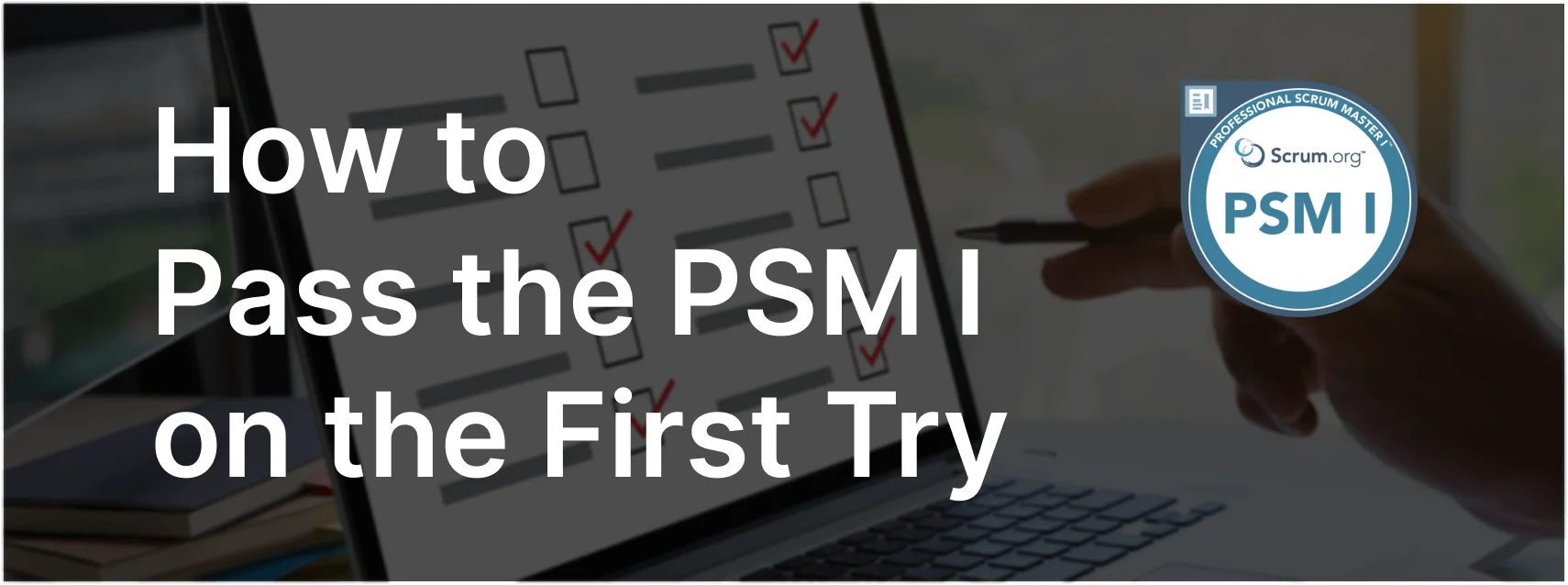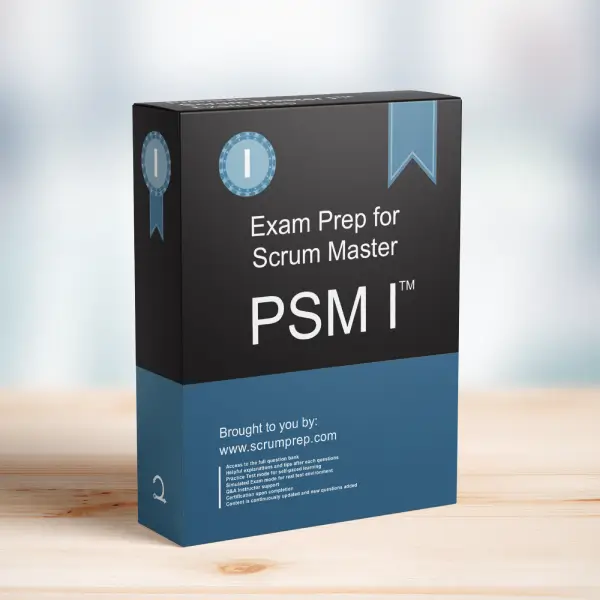When preparing for the PSM I exam, understanding the objectives and appropriate topics for discussion during a Sprint Retrospective is crucial. One of the exam questions you might encounter is:
Exam Question
Which of the following are appropriate topics for discussion during a Sprint Retrospective? (choose the best two answers)
- A. Identifying high priority process improvements for the next Sprint.
- B. How the team collaborates.
- C. The order of items in the Product Backlog.
- D. Documenting acceptance criteria for items in the next Sprint.
Correct Answers:
A. Identifying high priority process improvements for the next Sprint.
B. How the team collaborates.
Let’s break down why these are the best answers and delve into the significance of the Sprint Retrospective.
Understanding the Sprint Retrospective
The Sprint Retrospective is a key event in Scrum that occurs at the end of each Sprint. It is dedicated to assessing how the Sprint went regarding people, relationships, process, and tools. The goal is to identify and plan ways to improve for the next Sprint. This event is crucial for continuous improvement and fostering a culture of self-inspection and adaptation within the Scrum Team.
Primary Focus Areas of a Sprint Retrospective:
1. Process Improvements
One of the main goals of the Sprint Retrospective is to identify high priority process improvements. These improvements aim to enhance the team’s effectiveness and efficiency in future Sprints.
2. Team Collaboration
How the team collaborates is another critical discussion point. Understanding the dynamics of team interactions, identifying any challenges, and finding ways to improve collaboration is essential for building a cohesive and high-performing team.
Why These Topics Matter
Identifying High Priority Process Improvements (A):
During the Sprint Retrospective, the Scrum Team reflects on the previous Sprint and identifies areas where processes can be improved. These improvements can include anything from refining how tasks are tracked to adjusting daily stand-up meetings for better time management. By focusing on high priority process improvements, the team ensures they are continually evolving and enhancing their workflow, which directly contributes to delivering higher quality products more efficiently.
How the Team Collaborates (B):
Team collaboration is fundamental to the success of any Scrum Team. Discussing collaboration during the Sprint Retrospective allows the team to address any interpersonal issues, communication gaps, or teamwork challenges that may have arisen during the Sprint. This discussion helps in building trust, fostering open communication, and ensuring everyone is aligned towards common goals.
Inappropriate Topics for a Sprint Retrospective
The Order of Items in the Product Backlog (C):
While the Product Backlog is crucial for guiding the development work, its order is not a focus of the Sprint Retrospective. This topic is more appropriate for the Product Backlog refinement sessions or discussions involving the Product Owner and Developers during Sprint Planning.
Documenting Acceptance Criteria for Items in the Next Sprint (D):
Documenting acceptance criteria is a task that should be done during the Product Backlog refinement or Sprint Planning, where specific items for the next Sprint are discussed in detail. The Sprint Retrospective, on the other hand, focuses on reflecting on the past Sprint to improve future processes and team dynamics.
Why This Matters for Your PSM I Exam
Understanding the appropriate topics for discussion during the Sprint Retrospective is essential for successfully answering related questions on the PSM I exam. It demonstrates your knowledge of Scrum practices and your ability to apply them effectively in real-world scenarios. Remember, the Sprint Retrospective is all about continuous improvement and fostering a collaborative team environment, which are cornerstones of Agile and Scrum methodologies.
Conclusion
In summary, the best topics for discussion during a Sprint Retrospective are identifying high priority process improvements and how the team collaborates. These focus areas are vital for continuous improvement and fostering a strong, cohesive team. By mastering these concepts, you will be well-prepared to excel in your PSM I exam and effectively contribute to your Scrum Team’s success.
For more detailed preparation and practice exams, check out PSM I Exam Prep to boost your confidence and knowledge as you embark on your Scrum journey.




